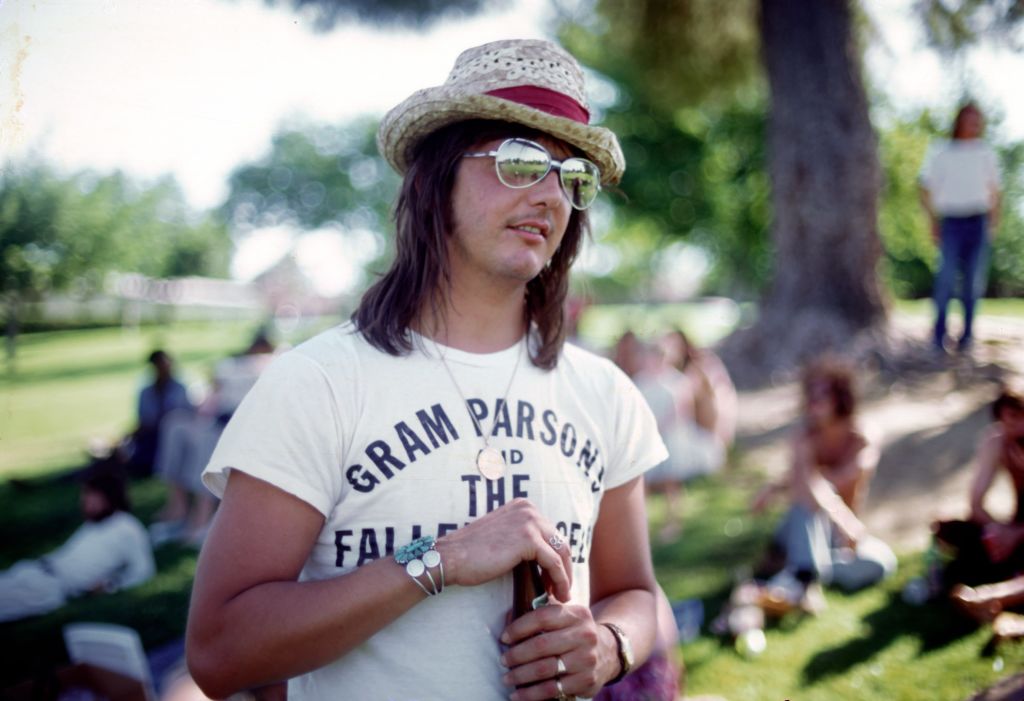All photos via Getty Images
Gram Parsons was born on Nov. 5, 1946, in Winter Haven, Florida. Originally named Cecil Ingram Connor III, this heir to citrus magnate John A. Snively’s fortune was born to a WWII fighter pilot and heiress mother. He began taking guitar lessons at the age of 9 after meeting The King himself, Elvis Presley, backstage at a concert Presley was performing for troops at Connor’s base.
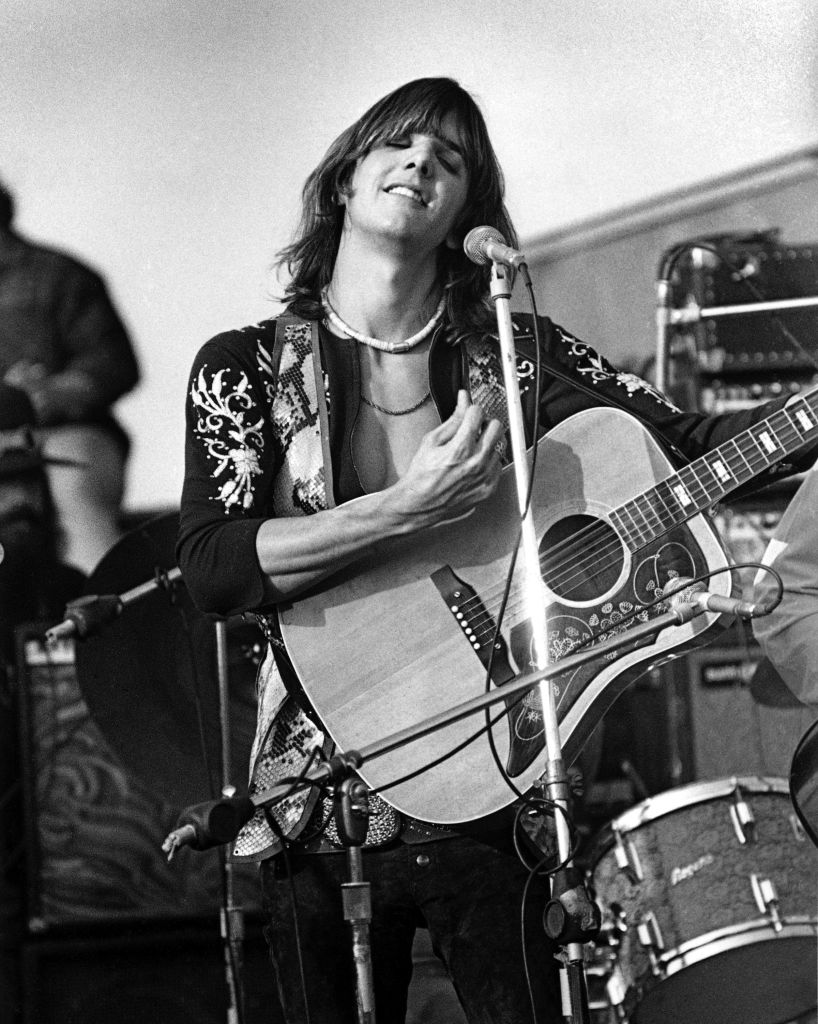
Perhaps expected to follow in his father’s footsteps, Gram was sent to a military prep school in Jacksonville at the age of 10. However, he was kicked out two years later after his father, Cecil, died by suicide in December 1958. Everyone in the family took Cecil’s death hard, particularly his mother, Avis, who developed a problem with alcohol and drug use during this period. Like mother, like son; Gram began sneaking away parts of his mother’s supply and ignited his lifelong infatuation with substance abuse.
It was into this atmosphere that Robert “Bob” Parsons came.
Robert Parsons
Born in 1925, Robert Parsons is one of New Orleans’ own. Abandoned by his father, Bob’s mother and he struggled with money, leading Bob to get a paper route and his mother to find a position in a local bank. An ambitious fellow, Bob was eventually able to find work in men’s clothing stores. He insisted on being seen as a gentleman and his impeccable style went to securing that image. Simply put, Bob encouraged people to believe he had money.
In the late 1950s, Bob lived in Cuba, possibly working in the citrus industry. He’d been thrown out by his first wife, Alice, for cheating and soon took up with a “society heiress” rumored to have wanted to leave her husband for him. While in Havana, Bob met and befriended Thomas Snively Jr., a fellow drinker who just so happened to be Avis Snively Connor’s uncle. Bob so impressed Thomas that he was invited to Winter Haven in 1959 to discuss managing a citrus processing plant for the Snivelys and that’s when he met Avis.
Described as someone who went first class and had charisma to spare, Bob was a suave, smooth talker, and snappy dresser. The same traits which could help him in business were the very ones the Snively family feared in anyone courting the recently widowed Avis. Fortune hunters, after all, were a dime a dozen and Avis was regarded as easy prey. When she met Bob and quickly fell in love, her family was less than pleased. So much so that when Bob and Avis married only 8 months after meeting, they were forced to do so by eloping. No one in the Snively clan knows where the ceremony took place or what Avis’ dress looked like, only that it was done in 1959.
Gram Parsons
Having lost his family and hungry for another, or, if the Snively’s are to be believed, to secure a line to the children’s fortunes, Bob quickly adopted Gram and his sister, Little Avis. For the most part, the new family seemed to bond into a unit quite well. Gram continued to play music and when he joined folk group The Shilohs in 1965 at the age of 17, Bob supported Gram’s recording with the band in New York City.
In June of the same year, on the morning of Gram’s high school graduation, he was told his mother had died of alcohol poisoning. Avis’ death put Gram into an introspective phase and he left Harvard University after only one semester to pursue the only thing he could imagine doing. Disciplined and creative, it didn’t take Gram long to form his band, and in July of 1967, the International Submarine Band recorded Safe At Home – a work many consider to be the first country-rock album.
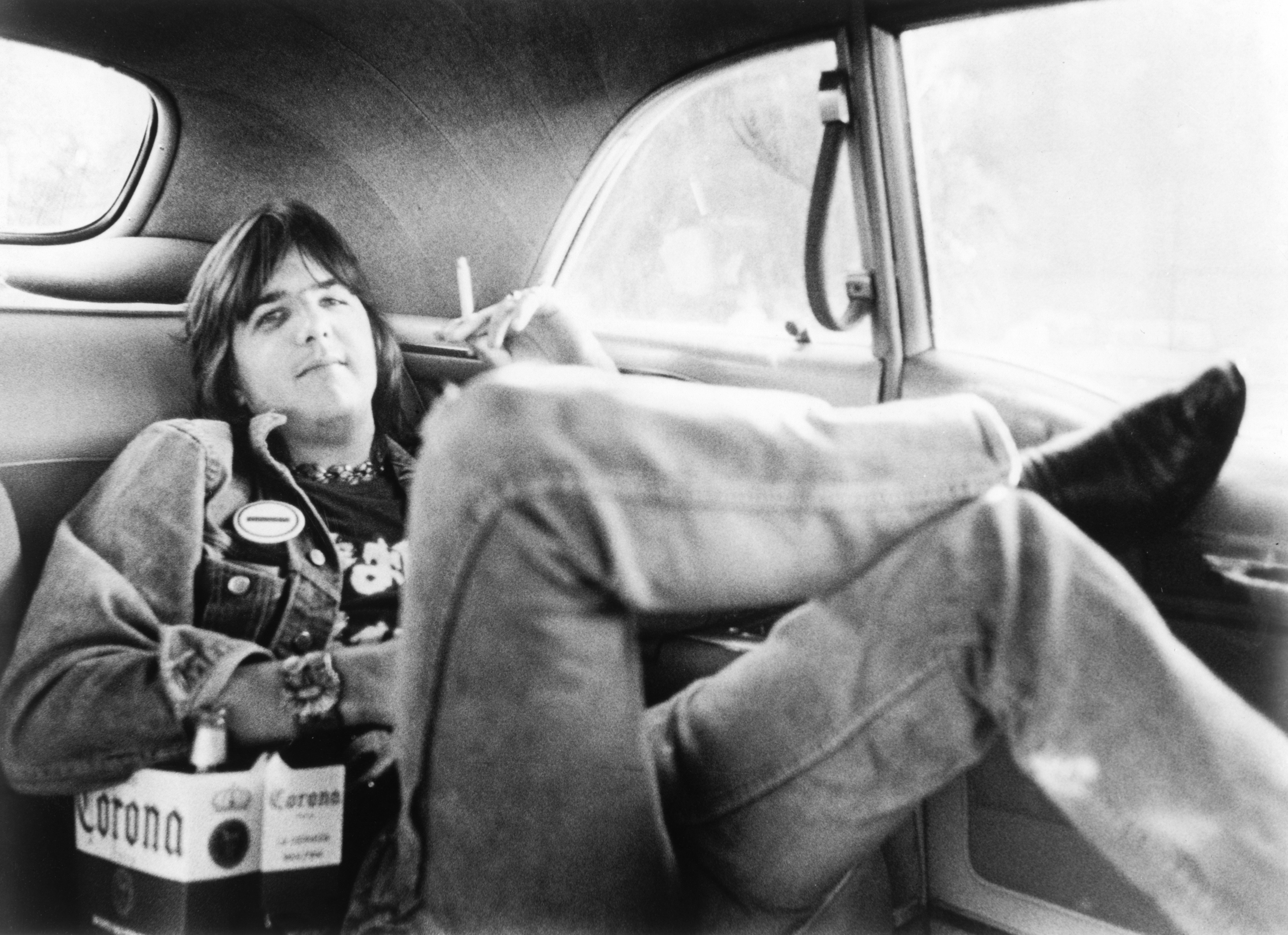
While Gram went from professional success to success, recording with The Byrds on the Sweetheart of the Rodeo album and helping to launch Emmylou Harris’ career when she sang with him on his solo album, G.P., his increasing drug use was creating personal problems. He’d married model and actress Gretchen Burrell in 1970 and just three years later they’d separated with irreconcilable differences.
Fast living caught up with one of Gram’s bandmates when he was killed in a car accident. After singing at his bandmate’s funeral, Gram reportedly declared he wanted to be cremated at Joshua Tree National Park instead of being put under the ground. Philip Kaufman, a friend of Gram’s, reassured Gram that he would make sure the cremation happened.
Gram’s Death and The Battle Over His Estate
Over time, Gram’s relationship with Bob had soured. He and Little Avis took Bob to court in an effort to remove any control he had left over the family trusts. Between Bob’s desire to maintain his image and the Snivelys’ bad business decisions, the money was being badly mismanaged. There was also the issue of Bob badgering Gram and Little Avis about their drug use now that his own liver was failing from alcoholism.
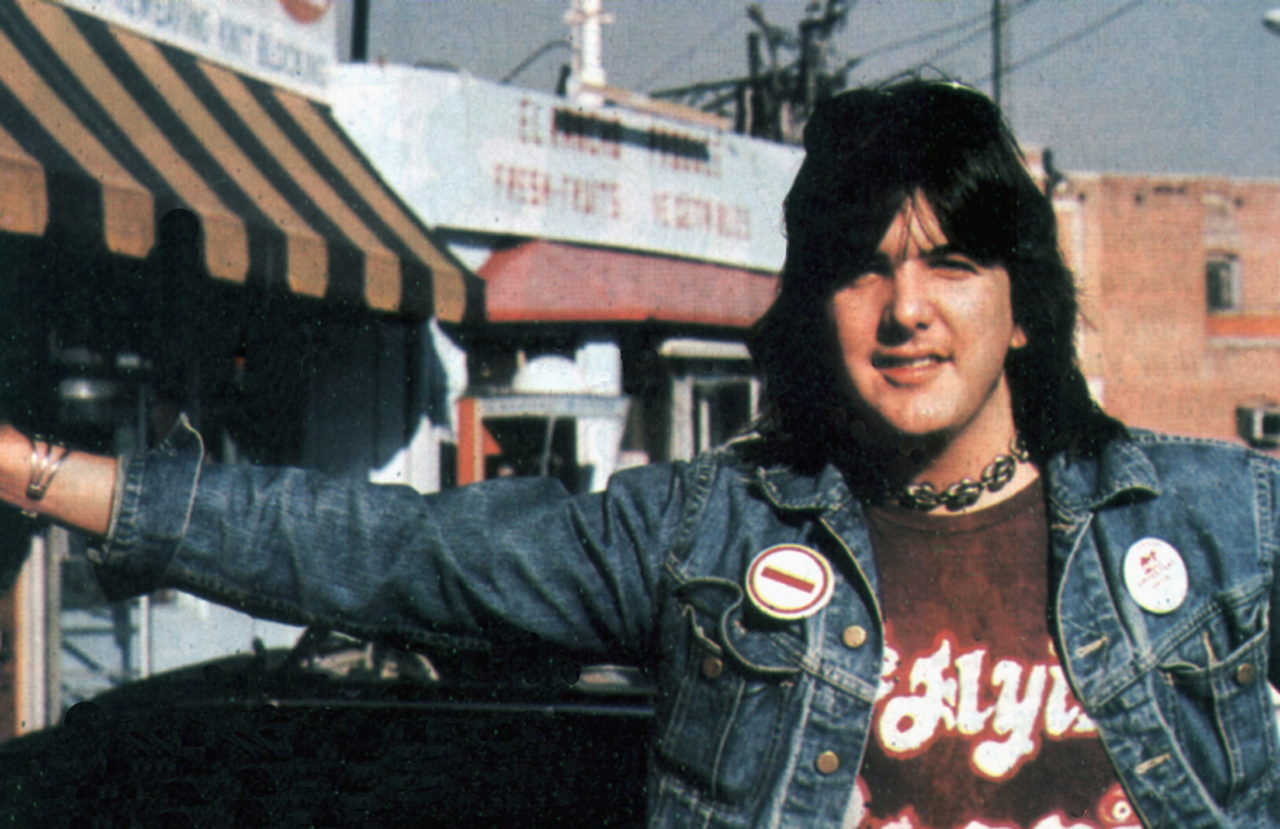
Perhaps they should have listened more closely. On Sept. 19, 1973, while relaxing at the Joshua Tree Inn before the start of a tour, Gram Parsons overdosed from a fatal combination of morphine and alcohol. He was declared dead at 12:15 a.m. and his cause of death was determined to be drug toxicity. He was 26 years old.
Bob Parsons arranged for Gram’s body to be transported back to New Orleans for burial. Allegedly, he hoped Napoleonic Code would favor him as the closest living male relative and Gram’s inheritance would be his. But first, Bob needed to establish Gram had been a resident of Louisiana, and to do that Bob needed to bury Gram.
There were two kinks in Bob’s plan. One: Gram’s estranged wife Gretchen went to court on Sept. 20, 1973, just one day after Gram’s death, and began probate proceedings in an effort to control Gram’s estate. Since he had left no instructions regarding his estate, the line of inheritance was unclear. Two: Gram’s body was stolen from the Los Angeles airport.
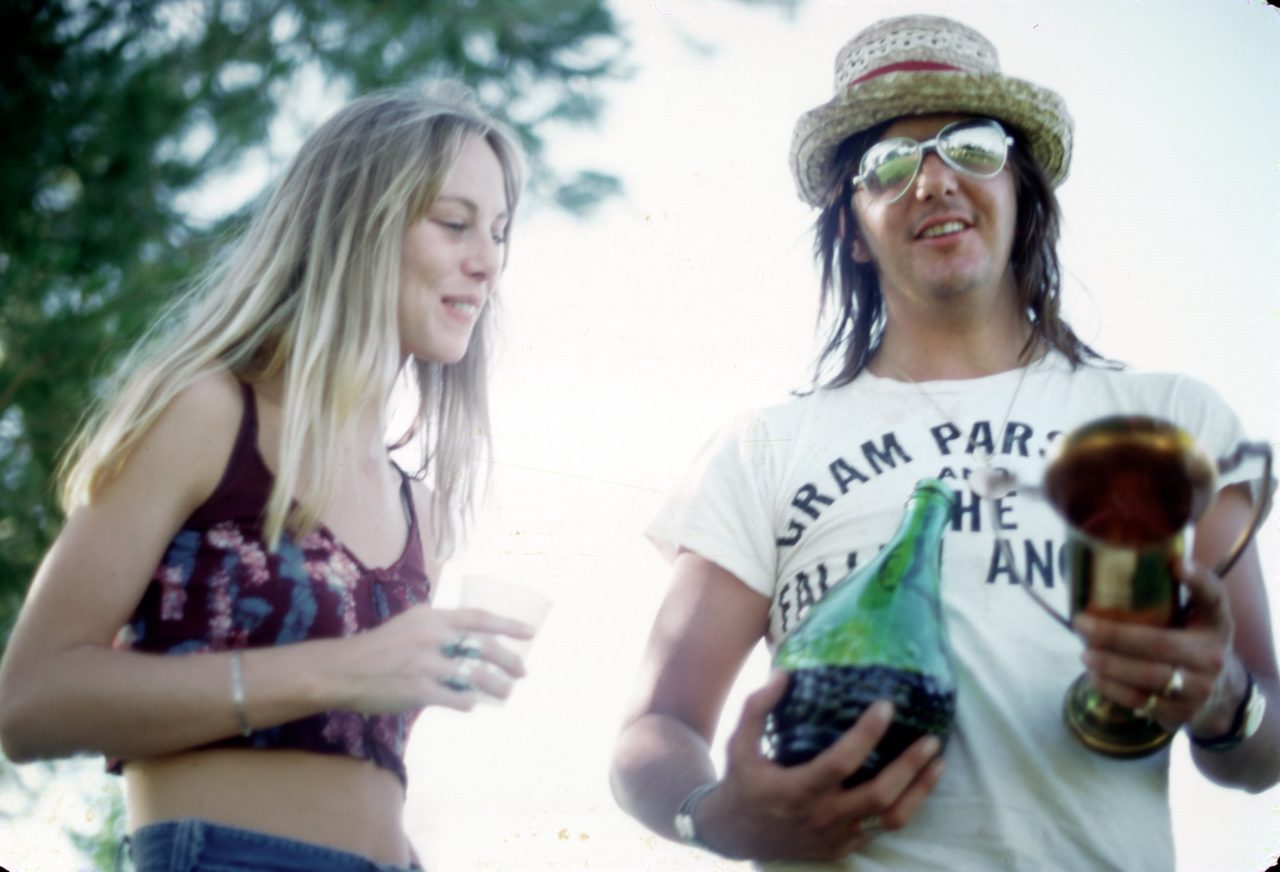
The missing body
Philip Kaufman and Michael Martin borrowed a hearse with no license plates to steal the corpse of their friend, Gram Parsons. Aided by drugs and drink, the two convinced a security guard the family plans to fly the body to NOLA had changed. Kaufman signed for the body and drove Gram to Joshua Tree National Park for the last time. There he put a can of beer in the casket, poured several gallons of gasoline over the body, and threw in a match.
The resulting fireball was impressive with some reporting it could be seen several miles away. The smoke and blast alerted the authorities to the DIY cremation and Kaufman and Martin turned themselves in a few days later. Since there was no law against stealing dead bodies, they were prosecuted for stealing and setting fire to the coffin. Kaufman and Martin were fined $708 for grand theft.
Meanwhile, what remained of Gram after the fire arrived in New Orleans. The funeral was a small family affair that ended with Gram being buried in the Garden of Memories in Metairie. Despite best efforts, Bob’s case was thrown out of court and Gretchen was made executor of Gram’s estate, although Bob retained control of a portion of Gram’s trust.
Gram’s last album, 1974’s Grievous Angel, was released posthumously and continued the evolution of what he called Cosmic American Music. Credited with creating Country Rock or Progressive Country, those influenced by Gram include Elvis Costello, The Eagles, U2, and The Rolling Stones. In fact, Rolling Stone magazine ranked Gram Parsons as #87 on their 100 Most Influential Artists of All Time list in 2004, right between Tupac Shakur and Miles Davis.

